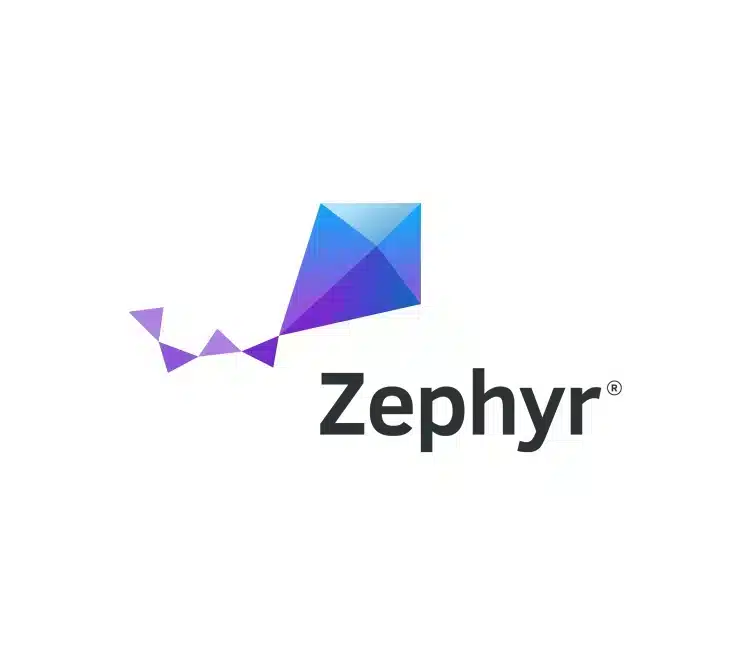Choosing the right connectivity options for your device is an essential step in delivering a product that not only makes it to market but finds its users, grows its footprint, and satisfies clients. Make the wrong connectivity choice and no matter how well the rest of your software and hardware work together, your product won’t find users and won’t grow.
So how do you make the right choices from the IoT connectivity options out there? How do you overcome the IoT connectivity challenges that every connected device vendor faces? And which is the right IoT connectivity technology for your project, your target use case, and your end-users?
Here’s a quick guide to making the right choice.
What is IoT connectivity?
This might be the first question someone asks about IoT connectivity solutions, but it is a little strange all the same. Why? Because IoT, the Internet of Things, is by definition connected. Or put another way, if there is a piece of technology that is not connected then it is not a part of the Internet of Things. To be a connected device means being connected to the internet. As a result, IoT connectivity refers to the options, types, and means of making that connection.
Why is connectivity so important to IoT?
This question can be answered in two ways.
The first is simple: connectivity is important because if a device is not connected, or if a connection fails, the device is no longer a part of the Internet of Things. No connection, no IoT – hence, connectivity is essential.
The second, though, gets to the heart of what makes an IoT device successful or not. The connectivity choices that a vendor makes for their devices have a disparate impact on the success of those devices. The right connectivity choices:
- Help users to get the most out of the device
- Are cost effective for device owners and device vendors
- Empower security choices
- Help keep data private
- Keep devices light and user friendly
In other words, more than just a design choice that impacts the look and feel of a device, connectivity defines how a device is used and experience by an end user, how useful that device is, the number of use cases that can be addressed by the device, and the likelihood of that device finding and retaining users.
What are the main IoT connectivity technologies?
Connectivity options differ depending on the use case with each having different capabilities. They can be compared across different attributes including range, data throughput, and cost (one-time versus ongoing). Amongst the options most popular across Witekio clients are:
- Near-Field Communication (NFC)
- Bluetooth Low Energy (BLE)
- Wi-Fi
- LTE-M (including 3G, 4G, and 5G)
- Sigfox
- LoRaWAN
What are the IoT connectivity technology challenges to consider in making a choice?
Witekio’s team are skilled at helping clients determine the best IoT connectivity technology for their device and use case. While every case is different, there are some considerations that should be assessed for almost every circumstance. The ten that are most common are:
-
- Outdoor and Indoor Coverage/Range: Does your device need connectivity measured in centimeters, meters, or kilometers?
- Energy Efficiency: If running on battery power, devices need to be very energy efficient; running on mains power means efficiency is less important.
- Uplink Data Rate: NB-IoT connections allow uplinks of just 20kbps while 5G IoT can offer up to 2 Gbps – what does your device actually demand?
- Communication: Is bidirectional communication (uplink and downlink) required, or can downlinks be limited?
- Mobility: Will your device be mobile and rely on 2G, 3G, 4G, or LTE-M, or will it be set in place and capable of taking advantage of BLE connections?
- Localization Options: Will the device rely on GPS of GLONASS for localization services? If so, this may impact the choice of IoT connectivity technology.
- Quality of Service: How important is the quality of service with regards to data transmission: will a cellular network be required or is Bluetooth IoT, Wi-Fi IoT Relay or LPWAN options sufficient?
- Security: Are the limited security options of LPWAN enough or is it necessary to upgrade to an option like Wi-Fi which supports more advanced encryption?
- Connectivity Related-OPEX: Are you prepared to support ongoing costs (OPEX) on top of the initial costs of deployment (CAPEX) related to connectivity?
- Scalability: Short-range IoT connectivity technologies are less able to scale than cellular and proprietary LPWAN options.
- Outdoor and Indoor Coverage/Range: Does your device need connectivity measured in centimeters, meters, or kilometers?
- Energy Efficiency: If running on battery power, devices need to be very energy efficient; running on mains power means efficiency is less important.
- Uplink Data Rate: NB-IoT connections allow uplinks of just 20kbps while 5G IoT can offer up to 2 Gbps – what does your device actually demand?
- Communication: Is bidirectional communication (uplink and downlink) required, or can downlinks be limited?
- Mobility: Will your device be mobile and rely on 2G, 3G, 4G, or LTE-M, or will it be set in place and capable of taking advantage of BLE connections?
- Localization Options: Will the device rely on GPS of GLONASS for localization services? If so, this may impact the choice of IoT connectivity technology.
- Quality of Service: How important is the quality of service with regards to data transmission: will a cellular network be required or is Bluetooth IoT, Wi-Fi IoT Relay or LPWAN options sufficient?
- Security: Are the limited security options of LPWAN enough or is it necessary to upgrade to an option like Wi-Fi which supports more advanced encryption?
- Connectivity Related-OPEX: Are you prepared to support ongoing costs (OPEX) on top of the initial costs of deployment (CAPEX) related to connectivity?
- Scalability: Short-range IoT connectivity technologies are less able to scale than cellular and proprietary LPWAN options.
IoT Connectivity Solution in Action
Witekio has significant expertise in recommending, developing, and optimizing IoT connectivity solutions for its clients in a range of different industries and a variety of different use cases.
Adeunis, for example, harnessed LoRa, WMBus, and Sigfox options for their building management system and network of sensors. Solvay also deployed LoRa and Sigfox connectivity solutions for it custom-designed IoT factory built to enable cost effective, secured, and rapid IoT solution deployment.
Global leader in mobile ticketing Masabi relied on Bluetooth, Wi-Fi, and 4G IoT connectivity solutions as an integral part of its commercial smart mass transit ticketing offer. Luxov connected climbing wall, on the other hand, relied on RFID connectivity to power its unique digital recreation experience.
Innov8 markets luxury in-flight digital experiences that are connected via Bluetooth LE and Wi-Fi, Cerevast designs cutting-edge medtech devices that rely on BLE connectivity, while Datalogic’s DL-Axist rugged PDAs are connected via Bluetooth, 3G, and 4G
In each case Witekio’s experienced team was able to advise on the right IoT connectivity solution for the specific device and use case and develop the software and drivers that would enable that connectivity for the end users. With deep experience and a track record of success in delivering IoT connectivity to consumer and industrial devices, Witekio’s engineers are perfectly positioned to ensure that your device is connected in the most effective and efficient manner to deliver the best end user experience for your clients.
Jan Georgi
IOT Software Architect




